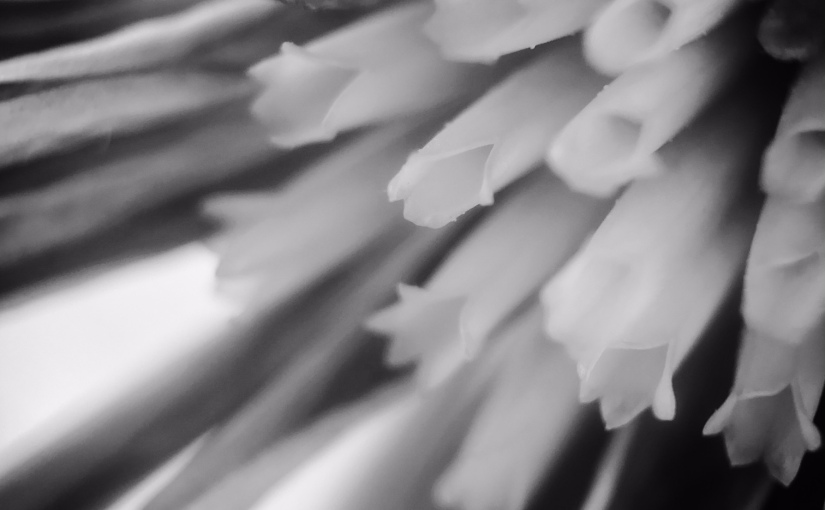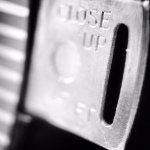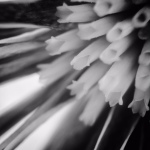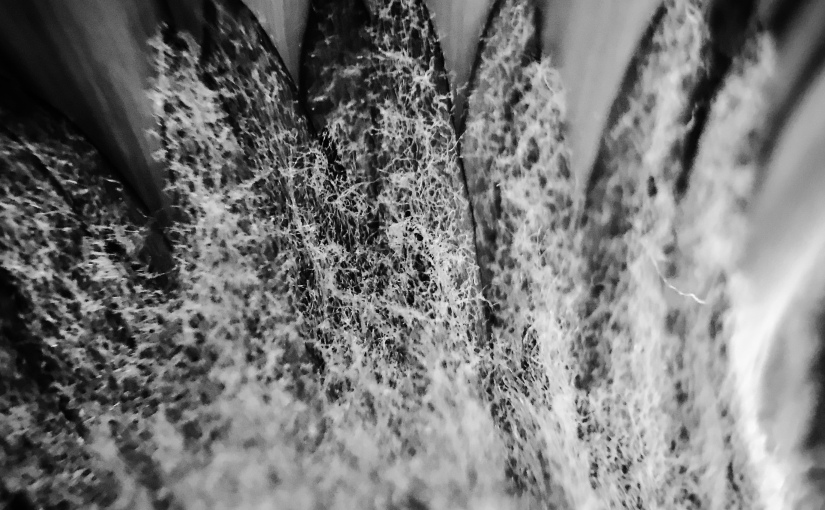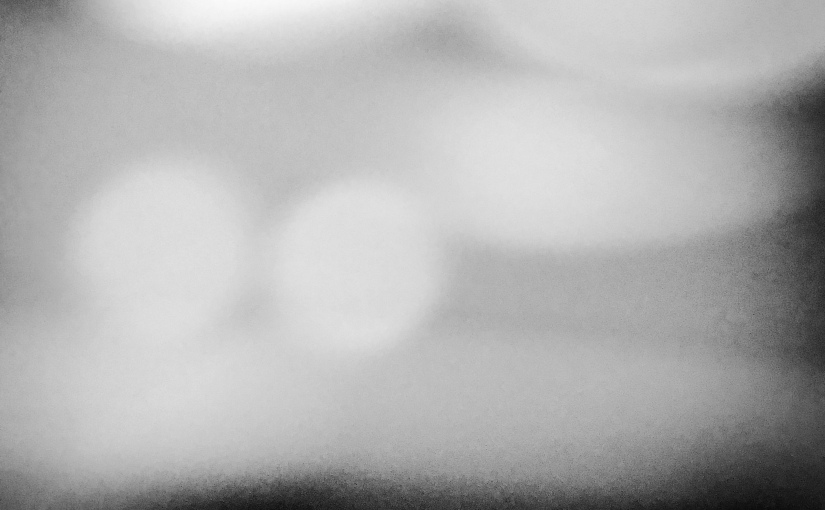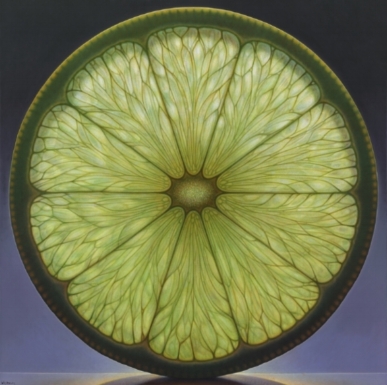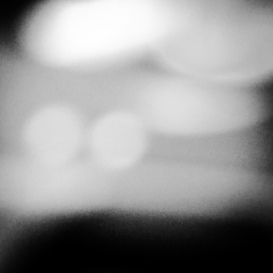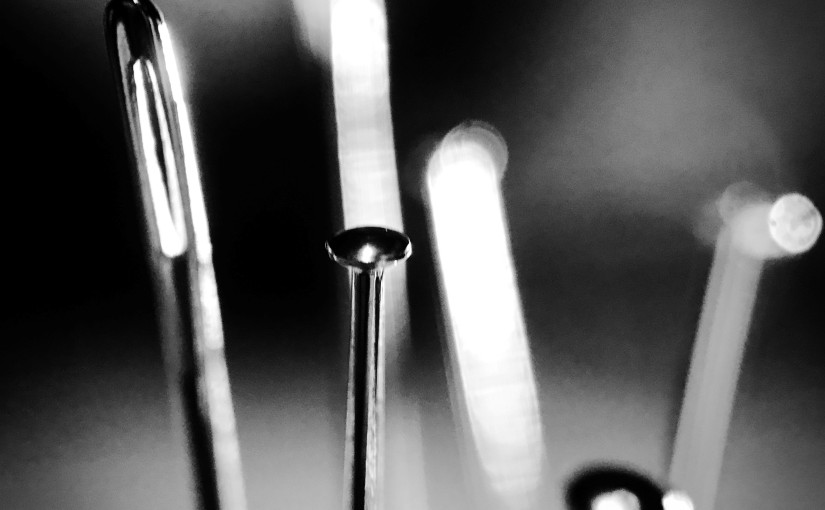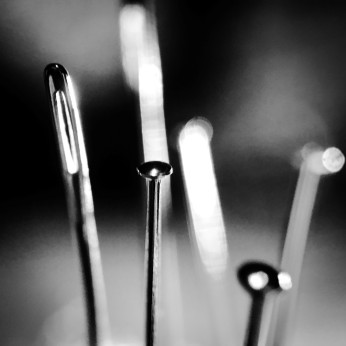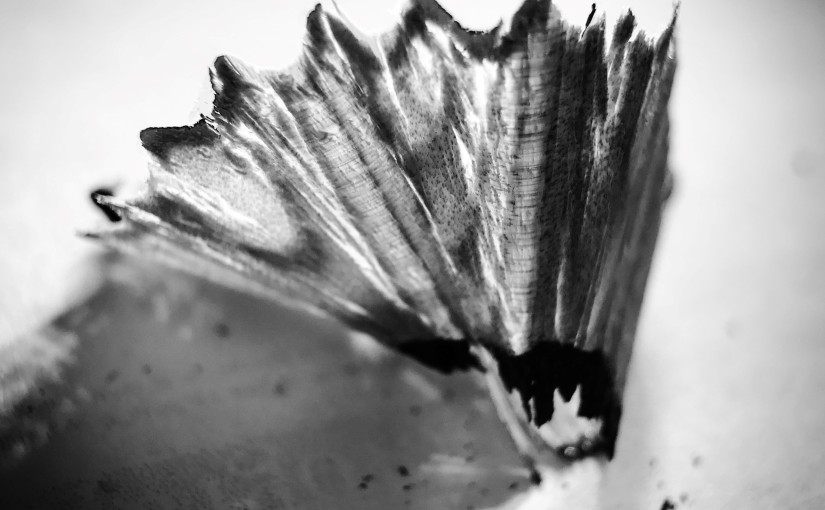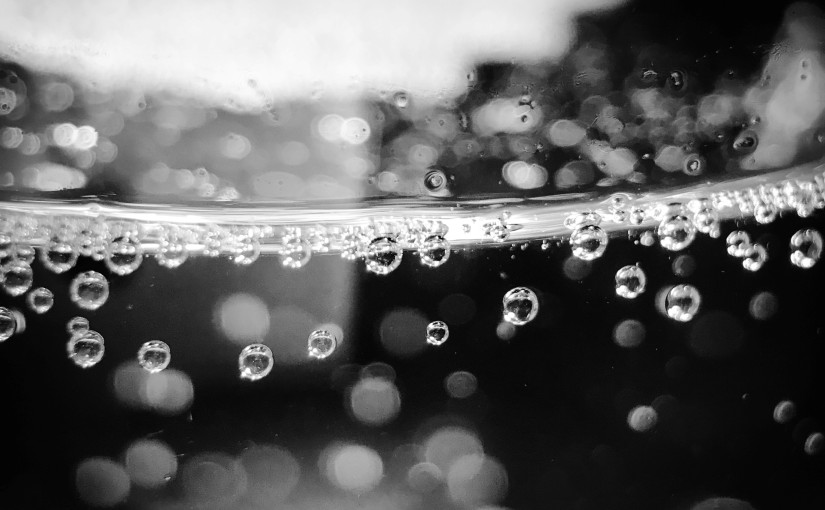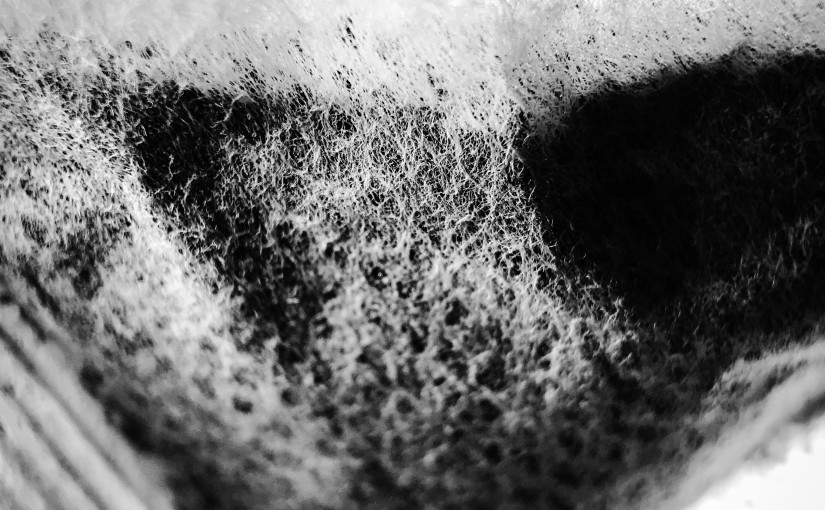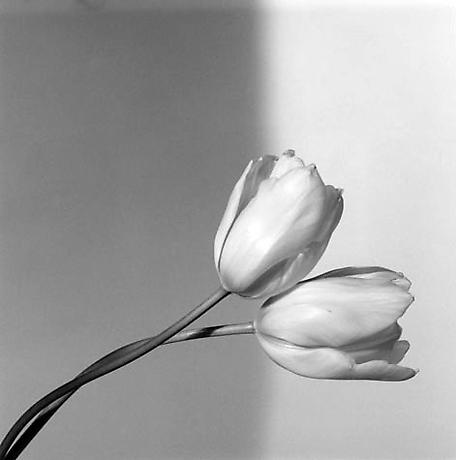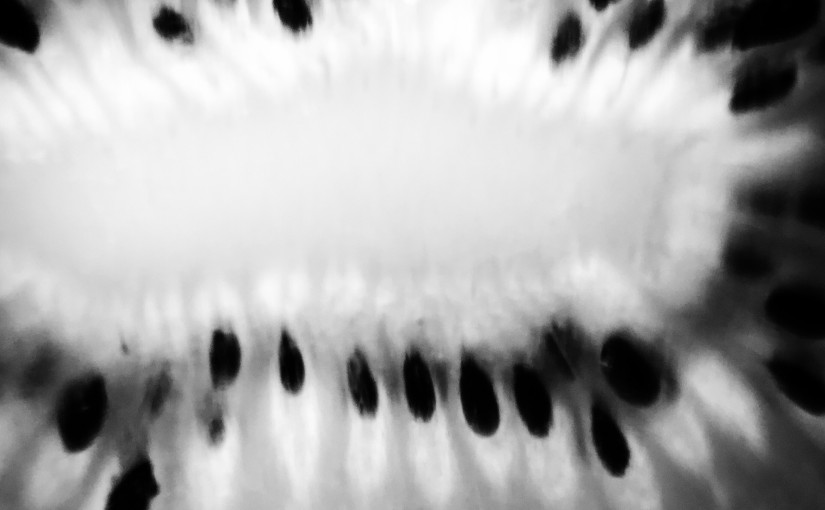With my practise I do construct my images, but not in the ways that other artists covered this week do. Jeff Wall constructs large-scale theatrical pieces, I focus on mainly one object. I do however feel inspired to try to obtain more dramatic images as looking at the work of others this week. How I plan to do this is through trying to have my items suspended in a way to make my images more exciting so that all of my work is not flat lay.
From this weeks work and the reading of a photographic ‘truth’ I feel could well be a symbolic construction in itself – who decides what is the truth?
If you are constructing or re-constructing something that has happened, the image will still be showing an event that happened, so there is partial truth to an image. My work is abstract everyday images. I choose not to tell people what they are, does this affect the truth of my work – or does it make me a trickster?
From my research an artist that I have enjoyed this week is Lorna Freytag’s photography it inspired me in the same way as the magical realism reading did this week. http://www.lornafreytag.com/blog/2014/8/20/head-on-portrait-prize
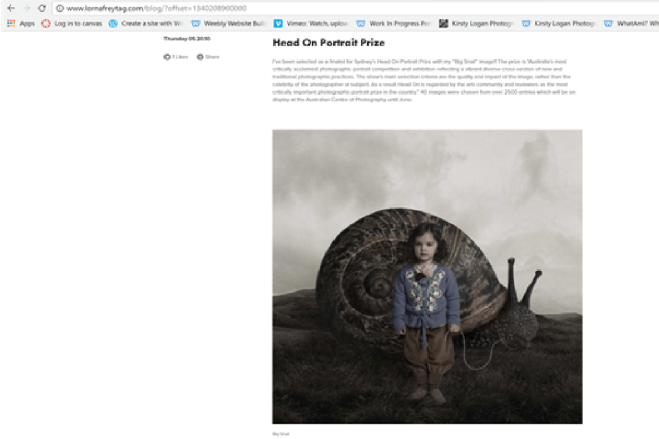
The juxtaposition of the children with the giant animals/plants etc, they are still real things. They are clearly constructed and I think it wants to show the power of imagination. I find this quite interesting and it really makes me think about the scale of my own work. Freytag’s work makes objects so much larger than reality and I am focusing on the tiny It is something that I could look at in my work, making my tiny objects look huge in scale within their frame.
In relation to my own work the idea of getting up close to the objects it also alters the scale of what I am shooting, it is also my desire to have my viewers use the imaginations and this is what I took from Lorna Freytag’s work.
In other parts of this weeks work I did enjoy the concept of Jeff Wall’s Hunter/Farmer nature of photographers when constructing images. Using the way Charlotte Cotton breaks down the concept I can identify myself clearly as a farmer. The objects I shoot I nurture and ‘cultivate’ until I get the image I am looking for and capture it. I often build upon the images and return to them over time. I feel that this description of Farmer is also the right description from my photographer personality.
During this week I have also continued to investigate the way that I use light. In the most recent images I focused on reflecting daylight to experiment and attempt to find my direction.
Whilst this was an enjoyable process it did show me some flaws in my practice that I will need the rectify in order to improve my images.
During this experimentation I don’t feel that my images of the mechanical parts of the vintage cameras is really working, but the images of the natural/flowers is working better. I’m still not sure if I am heading in the right direction, or if this is the direction that I want to be headed in.
References:
- http://www.lornafreytag.com/blog/2014/8/20/head-on-portrait-prize
- Cotton, Charlotte (2014) The Photograph as Contemporary Art, London, Thames&Hudson pg.49
